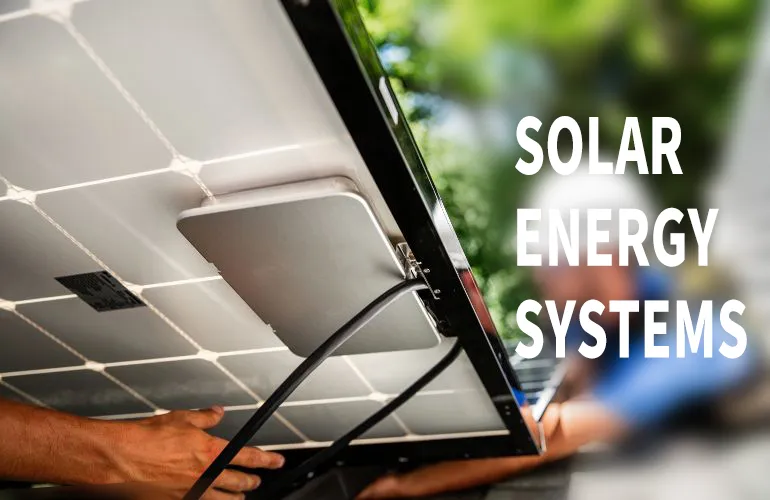The Rise of Microinverters: Revolutionizing Solar Energy Systems
In the world of solar energy Systems, efficiency and reliability are paramount. One of the key components driving innovation in this space is the microinverter. Unlike traditional string inverters, microinverters offer a decentralized approach to converting solar energy, providing numerous benefits for both residential and commercial installations. This article explores what microinverters are, how they work, and why they are becoming an increasingly popular choice for solar power systems.
What Is a Microinverter?
A microinverter is a small electronic device that converts direct current (DC) generated by a single solar panel into alternating current (AC) for use in homes or to feed into the electrical grid. Unlike centralized inverters that handle the output of multiple panels, each solar panel in a system equipped with microinverters has its own dedicated ISGC series solar split hybrid power inverter. This design allows for greater flexibility, efficiency, and monitoring capabilities.
How Do Microinverters Work?
Microinverters are installed on or near each solar panel in an array. When sunlight hits a panel, it produces DC electricity. The microinverter immediately converts this DC power into AC power, which is the standard used by most household appliances and the grid. Because each panel operates independently, issues such as shading, debris, or panel malfunctions in one unit do not significantly impact the performance of the entire system.
Advantages of Using Microinverters
Enhanced Energy Production
One of the standout benefits of microinverters is their ability to maximize energy harvest. By operating each panel independently, they mitigate the “weakest link” effect common in string inverter systems, where the performance of the entire array can be dragged down by one underperforming panel.
Improved Monitoring and Maintenance
With microinverters, users can monitor the performance of each individual solar panel through software applications. This granular level of insight makes it easier to identify issues, perform maintenance, and ensure the system is operating at peak efficiency.
Safety and Reliability
Microinverters typically operate at lower DC voltages compared to string inverters, reducing fire risks and improving overall safety. Additionally, their modular design means that if one microinverter fails, it only affects a single panel, not the entire system.
Flexibility in Solar Energy Systems Design
Microinverters allow for easier expansion of solar arrays. Homeowners can start with a smaller system and add more panels over time without worrying about inverter capacity constraints.
Microinverters vs. String Inverters
While microinverters offer many advantages, it’s important to compare them with traditional string inverters. String inverters are generally less expensive upfront and are well-suited for installations where shading is not an issue. However, they lack the individual panel optimization, monitoring, and safety features that make microinverters appealing for many modern solar projects.
Applications of Microinverters
Microinverters are ideal for a variety of settings, including:
- Residential rooftops with partial shading or complex layouts.
- Commercial buildings where maximizing energy production is critical.
- Installations requiring detailed performance monitoring.
- Systems that may expand in the future.
Conclusion
The adoption of microinverters is transforming the solar energy Systems landscape by offering enhanced efficiency, safety, and flexibility. As solar technology continues to evolve, microinverters are poised to play a crucial role in making renewable energy more accessible and reliable for consumers worldwide. Whether for a home or a business, investing in a microinverter-based system can lead to greater energy savings and peace of mind.
Table of Contents
